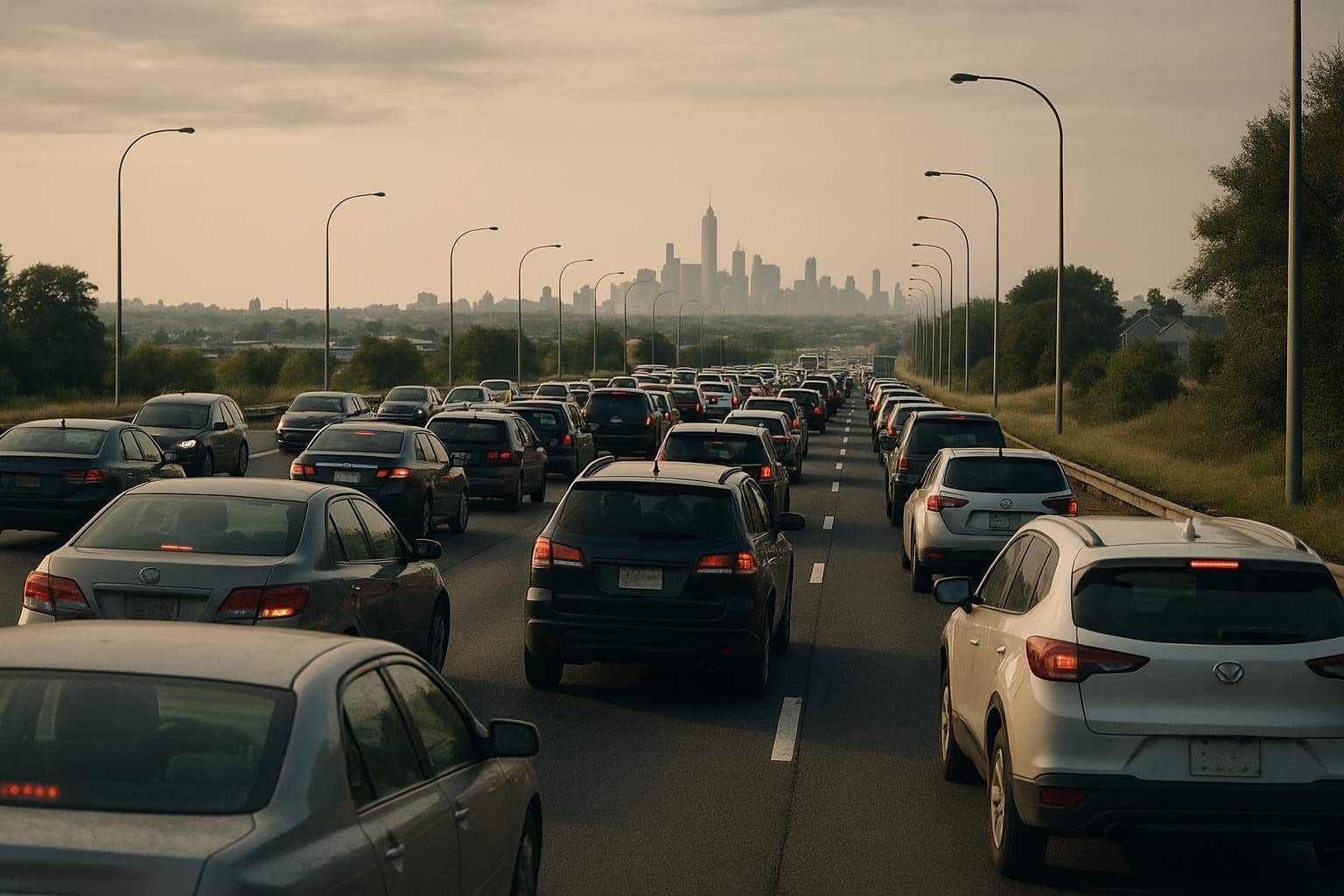Integrated Townships: Pros & Cons in India’s Real Estate 2025
Summary
Explore the pros and cons of integrated townships in India's evolving real estate landscape in 2025. Discover if the convenience, community, and modern amenities outweigh the distance and higher costs for urban dwellers.

Imagine living in a neighborhood where everything you need is just a short walk away—your children’s school, grocery store, gym, clinic, and even co-working spaces. You wake up to lush greenery, breathe fresh air, and walk on wide, clean streets without worrying about traffic jams. This is the lifestyle promise of integrated townships in India, which have been rapidly gaining popularity in 2025. But like every innovation in real estate, township living comes with both advantages and challenges. Let’s explore the pros and cons of integrated townships in India in a way that feels practical, relatable, and human.
The Rise of Integrated Townships
Urban India has changed dramatically over the past two decades. Cities have grown faster than infrastructure, leading to congestion, pollution, and housing shortages. To address these issues, developers started building integrated township projects in India—self-contained communities that combine residential spaces with schools, hospitals, retail outlets, offices, and recreational facilities.
In 2025, township lifestyle growth in Indian metro cities has surged, with cities like Pune, Bengaluru, Gurugram, Hyderabad, and even Tier-2 cities like Indore and Coimbatore seeing a rise in large-scale township projects. These developments cater to the modern urban buyer who seeks convenience, security, and community living.
The Pros of Integrated Townships
1. Convenience at Your Doorstep
One of the biggest benefits of integrated township living in India is convenience. Residents can walk or cycle to schools, grocery stores, gyms, and healthcare centers. Some townships even include office spaces or coworking hubs, saving precious commuting time and making daily life smoother.
2. Modern Infrastructure and Maintenance

Unlike independent houses in older city neighborhoods, township projects in India offer robust infrastructure—wide internal roads, proper drainage, reliable electricity, and rainwater harvesting. Maintenance is handled professionally, ensuring the community remains clean and well-kept.
3. Safety and Security
Most townships feature 24/7 surveillance, gated entries, and trained security personnel. Families, especially those with children and elderly members, feel safer. For many urban buyers, this is one of the key township benefits that makes these projects appealing.
4. Community Lifestyle
Townships foster a sense of belonging. Residents organize festivals, sports leagues, and social events, creating a strong community vibe. This integrated township culture in India’s real estate allows urban dwellers to feel connected in an increasingly anonymous city environment.
5. Investment Potential
From an investment perspective, properties within townships often appreciate faster due to their organized planning, modern amenities, and popularity among buyers. Real estate growth from township projects shows that they are not just homes—they are future-ready assets.
The Cons of Integrated Townships
1. Distance from City Centers
The most significant drawback is location. To acquire large plots, developers often build on city outskirts, meaning longer commutes to central business districts and cultural hubs. For some buyers, this can be a dealbreaker.
2. Higher Maintenance Costs
While townships offer extensive facilities, residents pay higher monthly maintenance fees for amenities like clubhouses, landscaped gardens, and security. Over time, this can add up and feel expensive compared to independent housing.
3. Standardized Homes
Township living often means uniform apartment designs. For buyers who value individuality, this can be a downside. Township lifestyle advantages and drawbacks lie in this trade-off—convenience versus customization.
4. Potential Overcrowding
Popular townships can house tens of thousands of residents, which sometimes leads to overcrowding in gyms, pools, and parks. The exclusivity promised in marketing brochures may be diluted in reality.
5. Dependence on Developers
Residents often rely on developers for maintenance, upgrades, and management. If the developer fails to deliver promised amenities, residents may face difficulties resolving issues independently.
Township Living vs Independent Housing
When weighing township living vs independent housing in India, it often comes down to lifestyle preference. Independent homes offer privacy, freedom, and customization. However, residents are responsible for everything—utilities, security, and maintenance.
Townships, on the other hand, provide a ready-made lifestyle with all services included. For urban families and professionals in 2025, the convenience and structure of integrated townships often outweigh the lack of autonomy.
Why Integrated Townships Are Trending
Several factors explain why integrated townships are trending in Indian real estate:
Work-life balance: With hybrid work models, residents want homes with amenities nearby.

Health-conscious living: Parks, walking trails, gyms, and sports facilities cater to modern lifestyles.
Rising aspirations: Townships represent a lifestyle upgrade for middle-class families.
Investment appeal: Reliable infrastructure, security, and modern amenities attract investors.
These reasons combine to make township projects a preferred choice for a growing segment of urban Indians.
The Future of Township Living
By 2025, integrated township culture in India’s real estate will continue to evolve. Developers are focusing on smart townships with eco-friendly designs, EV charging stations, AI-powered security, and zero-waste policies.
While not all buyers may prefer township living, the trend shows that urban India increasingly values convenience, community, and modern amenities over the traditional appeal of standalone homes. Townships are no longer just a housing option—they are a lifestyle choice.
Final Thoughts
Integrated townships in India have reshaped urban living. The pros of integrated townships—modern infrastructure, security, community living, and strong investment potential—make them highly appealing in 2025. The cons of township living—distance, higher costs, standardization, and developer dependence—require careful consideration.
Ultimately, township projects are not a one-size-fits-all solution. They are ideal for those seeking structured, hassle-free, and community-focused living. For many urban families, investors, and professionals, the advantages outweigh the drawbacks, making integrated townships a key part of India’s real estate landscape in 2025.
